the complete
manual on how
to make money
from your
I NVENTI NS
NS
AND
P ATENTS
Steve S. Barbarich

Contents
Acknowledgments
Special thanks goes out to my mother, Anna Phelps, and patent attorney Milord Keshishzadeh (Los Angeles), for supporting the crusade toward creativity.
www.inventorsdigest.com
Milord Keshishzadeh, Patent Attorney, patentmil@earthlink.net
www.Patent-ideas.com
www.inventorfraud.com
www.patentityourself.com
www.patentpending.com
www.patentcafe.com
www.onebox.com
lawworks-iptoday.com/
www.patentsearcher.com
adesigner.com/invention
members.aol.com/t2design
C. Bart Sullivan, Licensed Patent Practitioner, Benicia, CA 94510
Robert Toczycki, Patent Attorney, www.members.aol.com/toczycki
www.patents.com
www.bobmerrick.com
www.thoughtstore.com
pages.prodigy.net/g_mccotter/mtech.htm
www.patent-site.com
www.mahiconsultant.com
www.InventorServices.com
Richard Maczan, PCE Patent Consulting Engineers,
RMaczan@compuserve.com
www.InventAndGrowRicher.com
www.iplawusa.com
www.invent1.org
InventionCity.com
www.metaformusa.com
www.bugstik.com
www.icaninvent.com/
www.ideafinder.com
www.franceandassociates.net
www.MarketLaunchers.com
www.inventorsunion.com
www.inventions-australia.com.au
Introduction
There were more than 122,977 patents granted in the United States in 1997 out of about 237,045 applications filed. These 122,977 patents generated more than $1 trillion for those who use, sell, or buy intellectual property. As an author and an individual who has been through the process many times already, I am convinced that coming up with and selling original ideas is perhaps one of the easiest ways for an individual to get rich nowadays. Not only can it be done with low risk and little investment, and on a part-time basis, but you do not even need a technical background to carry out the process.
Selling or licensing out inventions may seem like a difficult and intimidating process at first, but you just need to learn which steps to follow. This easy-to-follow, yet highly thorough, step-by-step manual will show you how to make big money from your patent. Nowhere else will you find a book so devoted to helping you create large returns from your intellectual property.
Almost every single new idea that is marketable is either taken to the market by a new entrepreneur (a start-up company) or an already established entrepreneur (a large corporation). No matter how crazy, simple, or useful your invention may be, there is always someone out there who will take your invention to the market if they are convinced that it will be profitable. This manual shows you exactly how to find those someones and exactly how to convince them. It is written from pure experience and includes all the secrets and tactics that my colleagues and I have used religiously to secure dozens of large royalty contracts with major corporations.
Steps 1 through 5 explain the crucial process you must follow before you even contact potential companies. Steps 6 through 8 show you how to attract the large corporations to your product and attain the largest possible royalty returns from them. The last steps, 9 through 10, show you how to protect your investment further and to increase your profits fourfold by creating a whole product line from your one patent.
Now its up to you. Once you start carrying out this step-by-step process, you will probably have your patent sold or licensed within a year. Note that this is an average time frame. You could sell out within just a couple of months or it might take you more than a year, depending on your particular invention and how well you implement the information in this book. Whatever the case, just remember that perseverance is the key to anything. Hang in there, and the fruits of success will be yours.
Step 1
The Ins and Outs
of Patents
This chapter will help you evaluate whether or not you have a patentable and marketable idea. It will also explain what steps you need to take to protect your intellectual property with the U.S. Patent and Trademark Office (PTO). (If you already have a patent, then youve completed the first step of many on your way to success. In this case, continue on to the next chapter, Step 2, and the rest of the book.)
Evaluating Your Idea: Marketability
vs. Patentability
Having a patentable idea doesnt necessarily mean you have a marketable idea. Some ideas are novel and interesting, yet it may not be worth going through the patent procedure if there is no market or there exists significantbarriers to entry into the market for the invention. Before you spend the time and money to get a patent, you will want to do market research for your invention.
For instance, some important questions to ask yourself to verify marketability are:
1. Does my product get the job done quickly?
2. Does my product fulfill an unsatisfied need?
3. Can my product be manufactured at a reasonable cost?
4. Does it follow a current trend?
5. Does my invention stand out over competitive products?
You should be able to answer Yes to most of these questions, but there are also many other factors in judging the marketability of your invention. I will discuss this in more detail in Step 3.
The key is for you to do a little research in Step 3 to make sure there arent any specific major barriers to entry into the market for your invention. In other words, before filing a patent application, you should at least know whether there are barriers to your inventions market, and if so, would they ruin or make difficult your future marketing efforts. For example, you may not want to pursue an invention if you find that your inventions field is a highly crowded art (many inventions very similar to yours) thereby making your future patent easy to work around and compete with. Or perhaps your idea is a new drug, or medical device that requires FDA approval, taking it up to 10 years for approval for release into the market. In that case, your personal decision may be to pursue other ideas. If your invention is so novel that the market for it doesnt exist, be prepared to spend many years culturing and developing your new market.
The good news is, as you can see, these barriers to entry that Ive described are not insurmountable. Instead they are merely obstacles to varying degrees that you personally will need to overcome if you think they are worth pursuing. There is plenty of hope in regard to most situations. With the right marketing efforts, I believe you can sell just about anything to practically anyone.
The following Marketing Factors Pyramid can help you brainstorm the factors that may effect your marketability, sales, as well as the patentability of your invention. The most important factors are at the top of the pyramid, although the priority of some factors can vary depending on the type of invention you have. Make sure more of these factors are positives on your side, rather then negatives that will work against you. In addition, assure yourself that


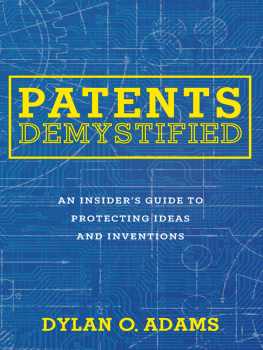


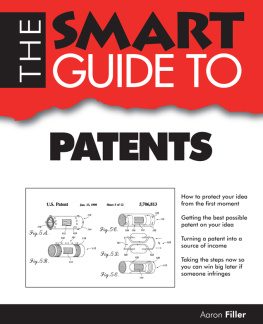
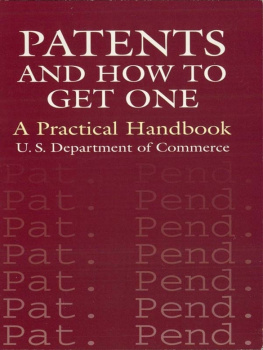
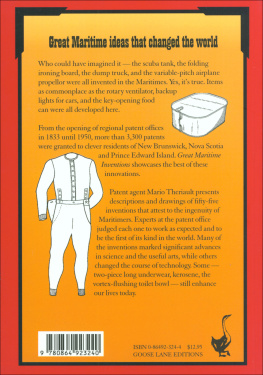
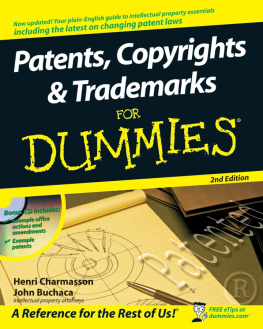
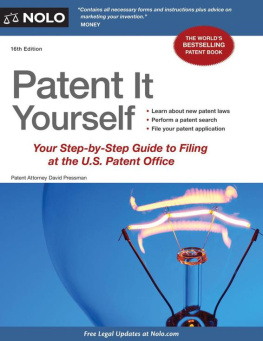
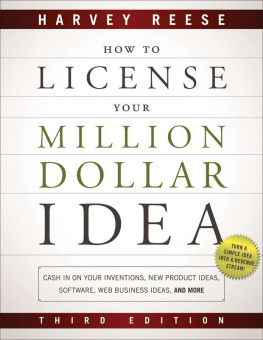

 NS
NS